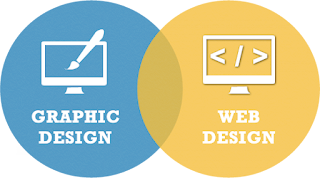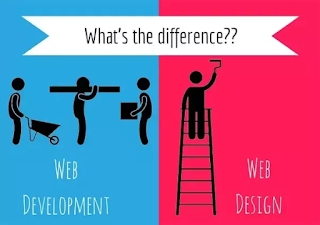Graphic Designers
Graphic designers utilize organization to make illustrations which fulfill an undertaking.How can one make designs that achieve an assignment? Utilizing arrangement of plan components, differentiate, hues, imagery the Graphic designer's engineers a static interface which means to finish an objective.
The objective of a Graphic design could be as straightforward as getting somebody's consideration and motivating them to put their foot on the brake… or it could go for making somebody hungry for a scrumptious, warm, energized refreshment.
In the event that a Graphic designer's plans a deride up of a site would they say they are as yet a visual planner and not website designers?. In any event when they are outlining the site in Photoshop, artist, gimp, or ms-paint.
Great inquiry! We're feeling the loss of a connection. graphics design is a predecessor of website architecture… And the missing connection between the two is activity. The plan component of development is critical to intuitive outline.
Website Designers
We've built up that outlining a site page in photoshop does not a website designers make. On the off chance that you missed that part please read the past segment where I clarify that.Website designers need to code a tad bit, some HTML and CSS will do. Website designers ought to likewise be comfortable with usability (how individuals connect with a site). Graphic designers have convenience concerns as well (a few societies perusing left to right while other reads start to finish).
Openness and ease of use are connected yet isolate ideas. Ease of use is the way a client works with a question. Openness is if a client can collaborate with a protest (screen perusers for outwardly disabled individuals for instance).
We should consider the web design from another edge… Rather than planning how a site should look… Shouldn't something be said about outlining how a site ought to explore? How are the clients going to get from the landing page to the request frame?





